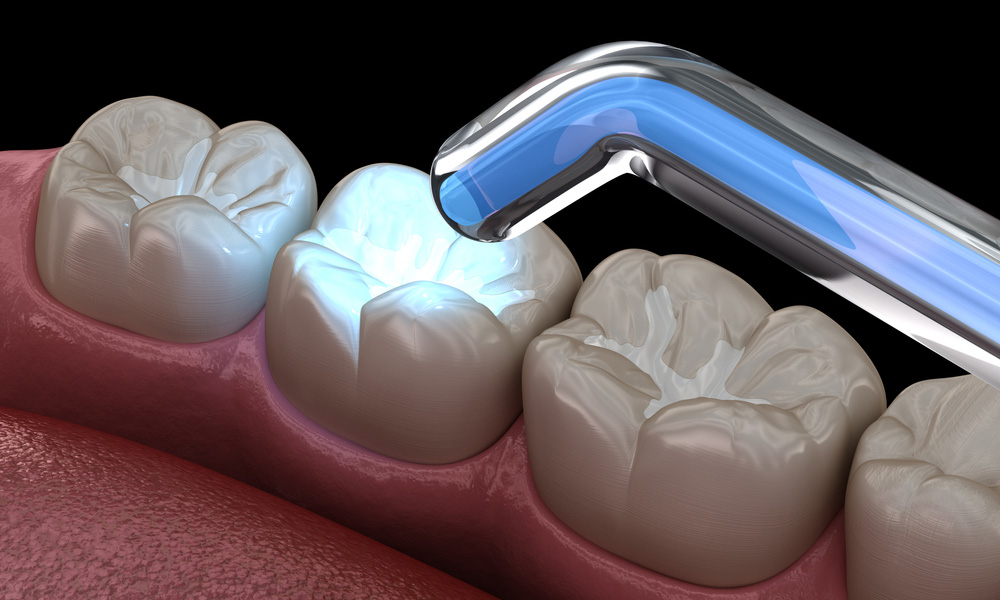Dental Fillings Demystified: A General Dentist’s Perspective
Today, we explore a topic many people find perplexing – dental fillings. It’s a familiar scene. You’re in the dentist’s chair, in the middle of your routine checkup. The dentist, while discussing your recent trip to San Diego teeth whitening, mentions you need a filling. Your mind races with questions. What does this mean? Why is it necessary? What can you expect? This blog aims to simplify the concept of dental fillings from a general dentist’s perspective. We’ll cut through the confusion and give you a clear, concise understanding of this common dental procedure.
What is a Dental Filling?
A dental filling is just a way to restore a tooth. Decay or damage can leave a tooth with a hole or cavity. That’s a problem. A filling plugs that hole. It makes the tooth whole and functional again. It’s not scary. It’s not complex.
Why Do I Need a Filling?
Ignoring a cavity can lead to bigger troubles. The hole can grow. Bacteria can invade. You might suffer pain or infection. A quick, simple filling can prevent all this. It’s a small action with big benefits.
Types of Dental Fillings
Fillings come in many types. The key ones are amalgam, composite, and gold. Each has pros and cons. Here’s a simple comparison:
| Type | Pros | Cons |
| Amalgam | Strong, durable, cheaper | Visible, contains mercury |
| Composite | Matches tooth color, bonds well | Less durable, more expensive |
| Gold | Very durable, well-tolerated | Expensive, requires multiple visits |
What to Expect
The procedure is straightforward. First, the dentist removes the decay. Next, the cavity is cleaned. The filling material is then inserted. Finally, the filling is shaped and polished. It’s quick and painless with today’s modern techniques.
Aftercare
Take care of a new filling just like a regular tooth. Brush twice a day. Floss daily. Avoid hard foods for a few days. Regular checkups will ensure the filling stays in good condition.
Fillings are a routine part of dental care. They protect against further tooth damage. They improve oral health. Understanding them dispels fear. It turns a confusing topic into a simple one.



